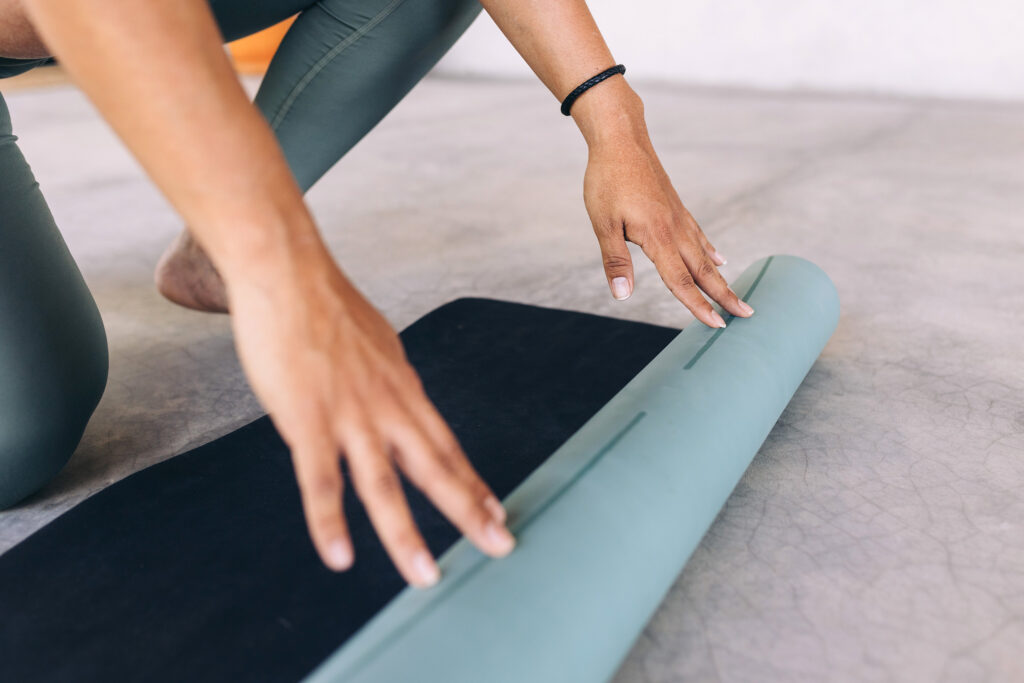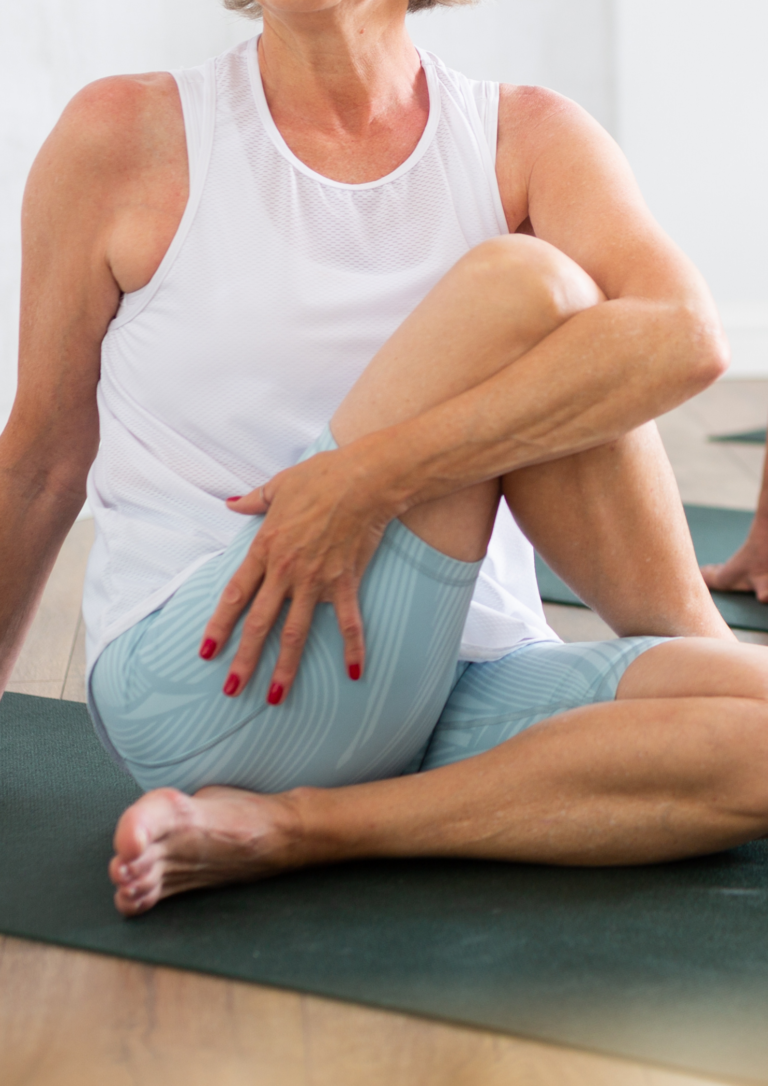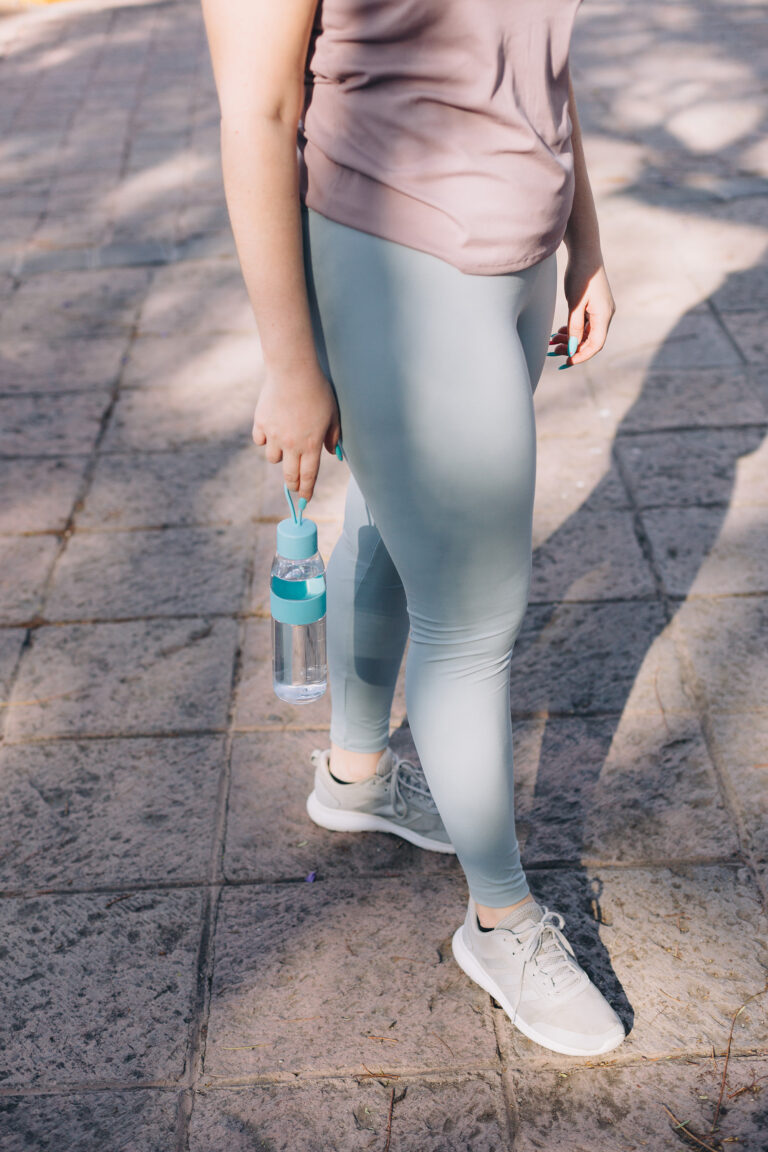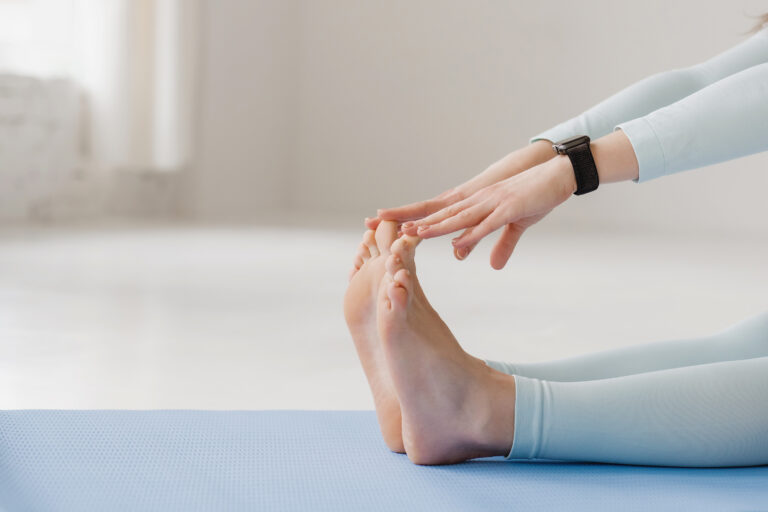This post is all about how women aged 50 and over can benefit from phase 3 of strength training—Hypertrophy training. It explores how to increase muscle tone for women after 50, as well as increase muscle size through targeted exercises to improve strength, boost metabolism, and maintain bone density. If you’re looking to enhance your workout routine from home with equipment or items you already have, learn key strategies for lean muscle growth, or navigate feisty menopause; this post provides the tools and insights to help you build strength and confidence for healthy aging.
Your Phases Are Similar to Hot Coals in the Campfire
If you haven’t read the posts Phase 1: Stabilization Training for Women 50+ and Phase 2: Strength Endurance Training for Women 50+ I recommend doing so as that will lay down the foundation of your strength training journey.
Those two posts will deeply uncover why the first two Phases of strength training in particular are so important and why you do not want to avoid them!
As women age, maintaining muscle strength and muscle mass becomes more important than ever. Not only does it improve our physical health, but it also boosts confidence, enhances functional mobility, and helps prevent injury.
If you’ve already spent time working on Stabilization and Strength Endurance, it’s time to consider taking your workout journey to the next level with Phase 3 of training—Hypertrophy Training.
First off, what exactly is hypertrophy?
Hypertrophy training focuses on increasing muscle mass through a specific strength training technique. It’s commonly associated with muscle building to become a bodybuilder, but it’s not just for those looking to build massive muscles!
Phase 3 is for anyone looking to maintain lean muscle mass, increase lean muscle mass & decrease body fat.
Paying close attention to your muscle mass and muscle strength is especially important for managing perimenopause or menopause, plus pairs well with healthy aging. As we get older, we naturally lose muscle mass and strength, a process known as sarcopenia.
But Hypertrophy training can slow or even reverse muscle loss—allowing you to use your strong muscles to support life.
As a personal trainer, I’ve seen Phase 3 of strength training give out an intimidating vibe to some women. But rest assured, gaining the habit of regular exercise and remaining consistent with a strength training journey to build a desired physique, is absolutely a realistic goal!
Phase 3 is a sustainable level of training for women 50 and beyond; keeping in mind that it takes time, understanding of the strength training techniques, and consistency towards your workout routine to get to this point.
So again (I know, I’m a broken record here!), avoid skipping over Phases 1 and 2 of training, to then move into Phase 3 because you desire a physic that you see on the cover of Cosmo!
At best, it takes 8 – 12 weeks to progress into Phase 3, sometimes more.
This Phase and particular type of strength training will include much higher demands from your body, which can increase the risk of injury if your body is not stabilized with the proper strength, strength training techniques, and mindset to take on these loads.
Let’s look at it this way…
Imagine trying to cook the perfect pancake in your skillet over the open fire, without first mixing the ingredients or getting your coals hot.
You can’t just skip straight to putting the batter on the skillet and expect a delicious result!
Similarly, in fitness, you can’t skip over the Stabilization and Strength Endurance phases to jump straight into Hypertrophy training and expect to build lean muscle mass safely and effectively.
Those earlier phases are like your pancake mix and hot coals on the fire—they set the stage for muscle growth, ensuring you have the stability and strength to handle the heavier loads in Phase 3. Without the first 2 Phases, you’re not giving your body the best chance to succeed.
Building lean muscle mass is great, but you need muscle recovery.
When you enter the Hypertrophy Phase of weight training, the primary goal is to increase muscle size by targeting multiple muscle groups with specific, controlled exercises.
But there’s more to this phase than just building muscle mass!
We’re here to establish a consistent workout routine that supports healthy muscle tissue and muscle repair for menopausal women, so you can have a strong body that supports you for life. This phase focuses on proper recovery both during your workout session and days between workouts. Watch for these rest periods closely, as they are there for a reason!
Phase 3: What to Expect & Why You Need It
Enhanced Muscle Growth & Repair:
- Hypertrophy training stimulates muscle protein synthesis, which is crucial for women 50+ to counteract age-related muscle loss (sarcopenia). By progressively overloading muscles with resistance, the body repairs and rebuilds stronger muscle fibers, improving overall strength, function, and metabolism.
Build Muscle Strength:
- Strong muscles are the foundation of a well-balanced, strong body. Increased strength helps with balance, posture, and functional movements so you can live with less limitations.
Improve Metabolism:
- More muscle mass means a higher resting metabolism. This can help with maintaining or even losing body fat over time, especially as metabolism naturally slows when entering into perimenopause and menopause.
Increase Bone Density:
- Weight-bearing exercises that promote muscle growth also help maintain bone density, reducing the risk of osteoporosis.
Boost Confidence and Self-Esteem:
- Achieving visible muscle definition and feeling stronger can significantly boost how you feel about your body and allow you to explore the activities you love for years to come.
Okay, there’s a lot of information you’ve read through thus far! Now let’s get into mixing all the ingredient together so you can start maximizing the benefits of Hypertrophy training!
Goals & Strategies: Your Blueprint to Success For Hypertrophy Training
Goals:
1. Increase Muscle Mass & Strength – Combat age-related muscle loss (sarcopenia) and maintain functional strength for daily activities.
2. Enhance Metabolism – More muscle mass leads to a higher resting metabolic rate, supporting weight management and overall energy levels.
3. Support Joint Health & Stability – Strengthening muscles around joints reduces pain, improves mobility, and lowers the risk of injury.
4. Improve Bone Density – Resistance training stimulates bone growth, reducing the risk of osteoporosis and fractures.
5. Boost Confidence & Independence – A stronger body enhances self-confidence and supports an active, independent lifestyle.
6. Enhance Recovery & Longevity – Proper muscle repair and adaptation improve overall resilience, keeping you moving and feeling strong for years to come.
Strategies for At-Home Strength Training:
Increased Volume and Intensity
- In earlier phases of training, the focus was on building stability and endurance. Now, you’re moving into a phase that requires more intensity. You’ll need to complete more sets (4-6) of fewer exercises (usually 2 per set), with heavier weights.
- At home, this can be achieved with dumbbells, resistance bands, or even bodyweight exercises.
Higher Weights, Moderate Reps
- In phase 3, the goal is to use heavier weights than what you used in previous phases. You’ll focus on moderate reps (6-12) per set. The key is to challenge your muscles with higher loads, not just by doing more reps.
- If you don’t have access to heavy weights at home, resistance bands, water (or wine!) bottles, or any household item with a bit of weight can work as substitutes.
Proper Technique
- Maintaining proper exercise form and body alignment is essential, especially when working with heavier loads. Correct exercise execution ensures you’re targeting the right muscle groups and avoiding strain or injury. Which is another reason why Phases 1 and 2 are so crucial to complete first: learning, building, and setting yourself up for proper exercise dynamics.
At-Home Exercise Recommendations for Women 50+
Each exercise in this phase emphasizes progressive overload, controlled movements, and muscle fatigue to stimulate growth, enhance strength, and improve overall muscle definition, creating a solid foundation for long-term strength and mobility.
Lower Body (Glutes, Quads, Hamstrings, Calves)
- Goblet Squats (Dumbbell or Kettlebell)
- Split Squats or Bulgarian Split Squats (Chair or couch for support)
- Romanian Deadlifts (Dumbbells or Kettlebell)
- Glute Bridges or Hip Thrusts (Add weight for challenge)
- Step-Ups (Use a sturdy bench or stair)
- Calf Raises (Double leg or single leg to aid as a balance exercise)
Upper Body (Back, Shoulders, Arms, Chest)
- Bent-Over Rows (Dumbbells or Resistance Bands)
- Seated Shoulder Press (Dumbbells or Resistance Bands)
- Chest Press (Dumbbells, Floor or Stability Ball)
- Lateral Raises (Dumbbells or Bands)
- Biceps Curls (Dumbbells or Bands)
- Triceps Dips or Kickbacks
Core & Stability
- Dead Bug (Great for spinal health)
- Pallof Press (Core stability with a resistance band)
- Kneeling Single Arm Overhead Press (Core stability with dumbbell)
- Bird-Dog (Balance + Core Engagement)
- Plank Variations (Elbow, Side, or Weighted)
- Weighted Carries (Heavy dumbbell in one hand for core activation)
Muscle, Strength & Resilience: Embracing Your Fitness Path
Embracing Hypertrophy training in your 50s and beyond is one of the best ways to build strength, maintain lean muscle mass, and support overall health for healthy aging. By focusing on progressive overload, proper recovery, and consistent effort, you’ll not only see improvements in muscle definition but also experience greater energy, mobility, and confidence in your daily life.
Stay committed, trust the process, and embrace the rewards of your hard work!
Remember, it’s never too late to get stronger—your body is capable of incredible things when given the right challenge.








